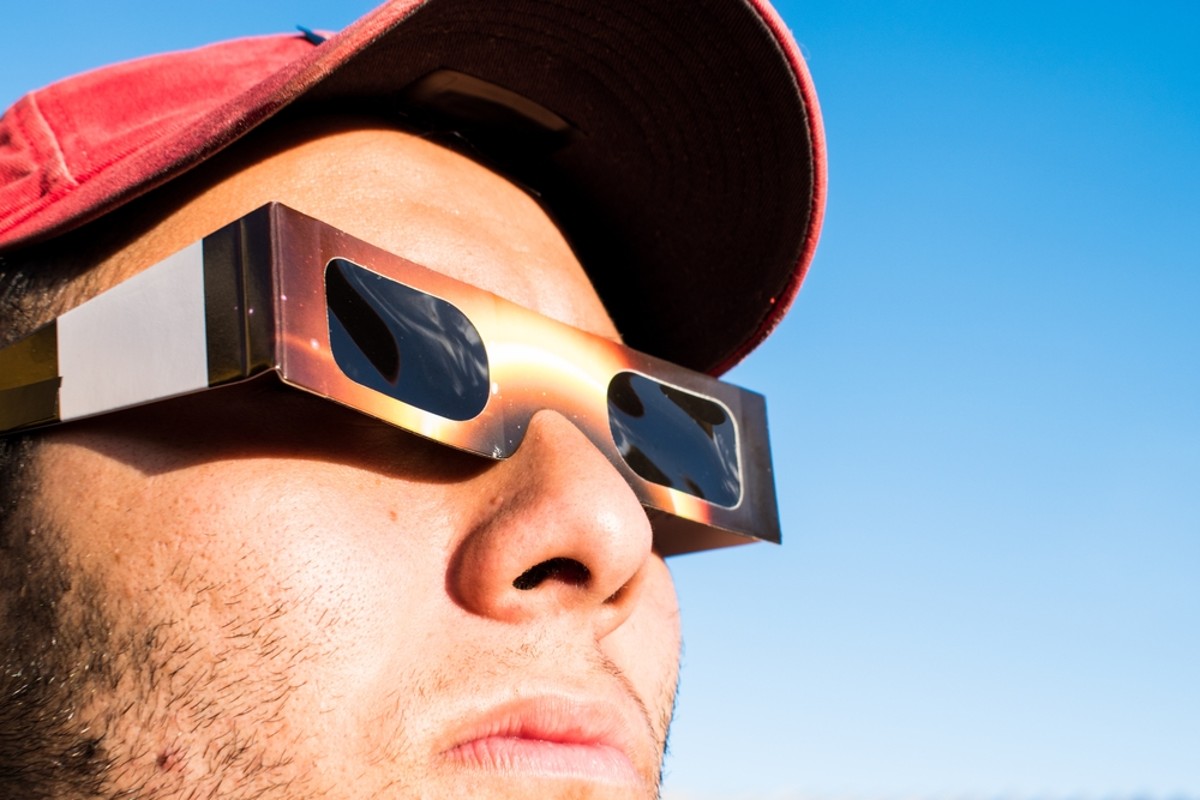Solar eclipses are awe-inspiring celestial events that captivate our imagination. As the moon gracefully glides across the sun, it momentarily transforms day into twilight. But amidst this cosmic spectacle, we must prioritize safety. In this concise guide, we’ll explore essential tips to safeguard your eyes and skin during a solar eclipse.
Understanding the Different Types of Solar Eclipses
- Partial Solar Eclipse
- During a partial solar eclipse, the moon partially covers the sun, creating a mesmerizing crescent shape.
- Annular Solar Eclipse
- An annular eclipse occurs when the moon aligns perfectly with the sun, leaving a fiery ring (the “ring of fire”) around its edges.
- Total Solar Eclipse
- The total solar eclipse is the grand finale—a moment when the moon completely obscures the sun, revealing the sun’s ethereal corona.
Safety Tips for Eye Protection
- Using Proper Solar Filters or Eclipse Glasses
- Invest in certified solar eclipse glasses or handheld viewers. These specialized lenses block harmful ultraviolet (UV) and infrared rays.
- Inspecting for Damages Before Use
- Examine your eclipse glasses meticulously. Any scratches, holes, or defects can compromise eye safety.
- Supervising Children
- Children are naturally curious. Ensure they wear protective eyewear and understand the importance of not staring directly at the sun.
- Alternatives if You Don’t Have Proper Eye Protection
- If you lack eclipse glasses, try indirect viewing methods: use a pinhole projector or create a simple eclipse viewer with a cardboard box.
- Properly Cleaning and Replacing Glasses
- Keep your eclipse glasses clean and scratch-free. Replace them if they show signs of wear.
Safety Tips for Skin Protection
- Sunscreen
- Apply broad-spectrum sunscreen with a high SPF to exposed skin. Even during an eclipse, UV rays can harm your skin.
- Protective Clothing
- Cover up! Wear long sleeves, wide-brimmed hats, and sunglasses. Shield your skin from direct sunlight.
- Avoiding Prolonged Exposure
- Limit your time outdoors during the eclipse. Even though it’s captivating, prolonged exposure can lead to sunburn.
Additional Resources and Tips for a Safe Eclipse Viewing Experience
- Following NASA’s Guidelines
- Visit NASA’s website for detailed safety instructions and eclipse timings specific to your location.
- Planning Ahead
- Scout your viewing spot in advance. Arrive early to secure a safe and unobstructed view.
- Staying Updated on Weather Conditions
- Cloud cover can affect visibility. Stay informed about weather forecasts.
- Tips from Health and Safety Organizations
- Consult local health authorities and safety organizations for additional advice.
Conclusion
As the moon dances across the sun, let wonder and caution coexist. By adhering to these solar eclipse safety tips, you’ll witness this celestial ballet without compromising your well-being. Enjoy the magic, protect your eyes, and savor the fleeting beauty of the cosmos. 🌞🌘🌟



